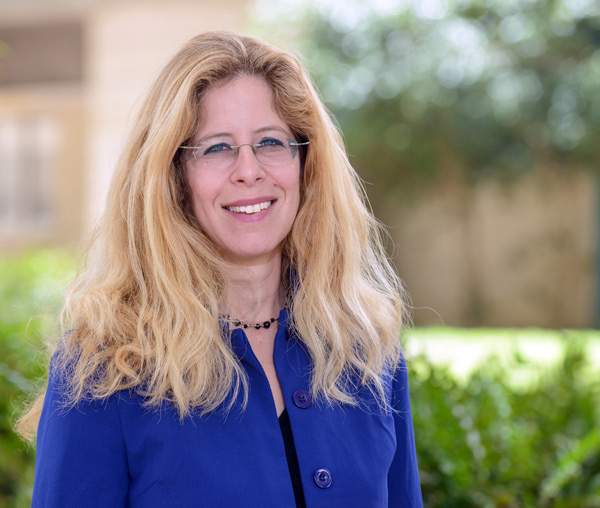
he so-called COP9 signalosome was thought to be made of eight different proteins that operate as a single machine. Its function is to regulate ubiquitination – a process in which proteins that need to be eliminated from the cell are first marked with a small tag called ubiquitin. The signalosome thus plays a central role in regulating the life of a cell, as proteins are constantly being created and then dismantled. In particular, the process of cell division requires tight regulation: if these machines fail to keep certain proteins in check, the result could be unrestricted cell growth and cancer.
In
previous work, Sharon’s group had demonstrated that the signalosome can arrange and rearrange its subunits into different configurations, making the machinery much more flexible than had been thought. “In our current study, we weren’t looking for this ninth piece – our goal was completely different,” says Sharon. “But it kept showing up in our various experiments. So we asked, at some point, what this small protein is doing there and whether it had some function.”
Sharon’s lab has a unique mass spectrometry setup for investigating large protein complexes. Because it is so sensitive, she and her lab group were able to reveal the small subunit that other methods had missed over the years. But to find out whether this small protein was indeed an integral part of the signalosome complex, she and her team, which included Drs. Shelly Rozen, Maria Füzesi-Levi and Gili Ben-Nissan, applied a wide variety of experimental methods. “Proteomics, native mass spectrometry, cell culture, biochemical experiments, fluorescent microscopy – we used every method we could think of to check whether this little protein was, indeed, a new subunit of the signalosome,” says Sharon.
How does one find the missing piece of a puzzle when no one even knew it was supposed to be there?
Prof. Michal Sharon and her group in the Weizmann Institute’s Biological Chemistry Department have done exactly that. They discovered that a cellular machine that is assembled from multiple, assorted proteins contains an additional piece. The machine had been well studied for decades, but this piece had somehow evaded detection. The team showed that this tiny, overlooked piece is actually an integral part of the molecular machine that is necessary for coordinating the degradation of proteins in cells. This machine has been implicated in cancer and other diseases. The
results of this research recently appeared in
Cell Reports.

Their findings showed that this protein is not only the ninth subunit of the machinery but, despite its small size, it is important for the signalosome complex to function. When the protein was knocked out in cells, they divided far more slowly than normal cells, thus ending up much larger than average.
Although they have not yet finished with the signalosome puzzle, Sharon says that finding the ninth subunit may be the closing of at least one circle: another protein complex with a structure similar to that of the signalosome is made up of nine parallel subunits – a hint that these two complexes likely evolved from one ancestral structure. Previously, it was believed that the ninth component of signalosome had been lost during evolution. Now that it has been found, Sharon and her team plan to continue investigating this tiny subunit and its role in the degradation of proteins in the cell.
Also participating in this research were Drs. Yishai Levin of the Nancy and Steven Grand Israel Nation Center for Personalized Medicine, Shifra Ben-Dor of the Biological Services Unit and Miriam Eisenstein of the Chemical Research Support Department.
Prof. Michal Sharon’s research is supported by the Benoziyo Fund for the Advancement of Science, the Abramson Family Center for Young Scientists; the European Research Council; the Abisch Frenkel Foundation for the Promotion of Life Sciences; and the estate of Olga Klein Astrachan. Prof. Sharon is the incumbent of the Elaine Blond Career Development Chair in Perpetuity.

